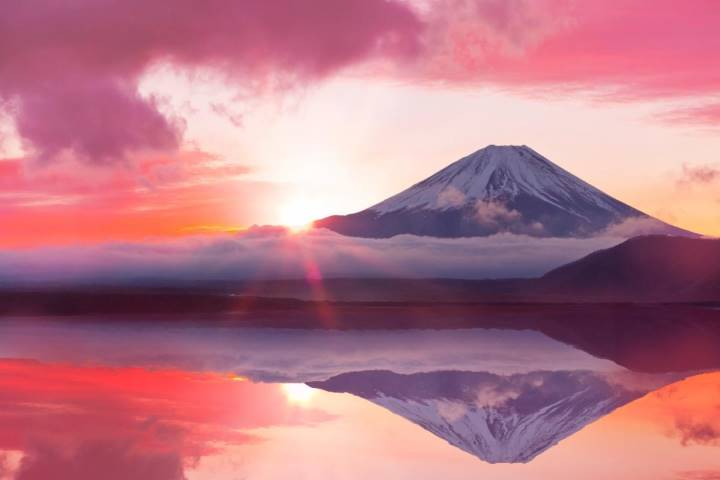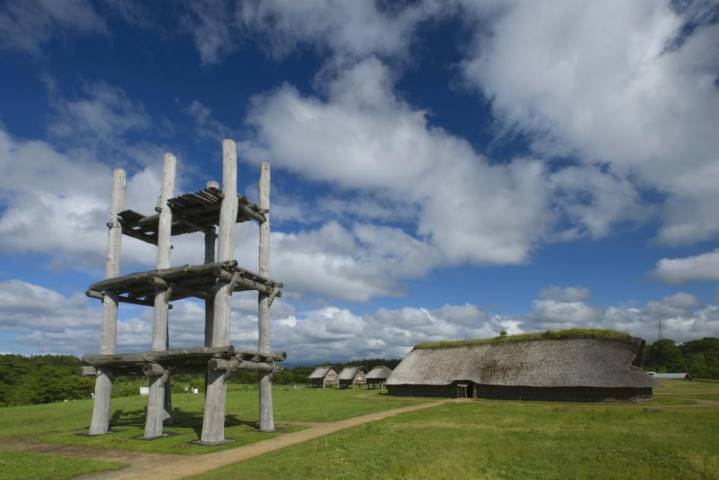World Heritage Sites are selected by the United Nations Educational, Scientific and Cultural Organization (UNESCO) to identify and preserve areas that are of cultural and historical significance to humanity. Japan has recently received the honour of adding the Jōmon Prehistoric Sites located in Northern Japan and the archipelago of Amami-Oshima Island, Tokunoshima Island, Northern part of Okinawa Island, and Iriomote Island to its World Heritage Sites list.
While travellers may be familiar with the metropolitan bustle of Tokyo or the hot springs and skiing of Sapporo, we’ve prepared ten fun facts facts about Japan and its two new UNESCO sites to familiarize you with these culturally important areas:

1) Japan ranks number 11 in countries with the most UNESCO sites at 25 sites!
2) Asia and the Pacific region account for 24 per cent of all UNESCO sites in the world!
3) The Jōmon prehistoric sites are made up of 17 different locations, dating back to 13,000 BCE!
4) Shattered pottery fragments were found at the Jōmon prehistoric site, showcasing the deep spirituality of the Jōmon people.
5) The Jōmon people, from whom nearly 10% of modern Japanese people can claim ancestry, were quite adaptable, responding to marine and climate changes! 6) The Jōmon people remained a hunter-fisher-gathering society while every other community transitioned into an agricultural society.

7) The archipelago of islands has been throughout its entire history un-inhabited by humans!
8) The four islands contain species found nowhere else in the world, such as the Amami Rabbit species listed on the IUCN Red List of Threatened Species.
9) Due to the Okinawa Trough being formed, the islands were separated from the Eurasian continent. Due to the separation, different species were not able to cross between islands and remained isolated.
10) The archipelago of islands are one of the five natural UNESCO sites in Japan.
Visit Japan and learn more about the rich history of this beautiful country!





